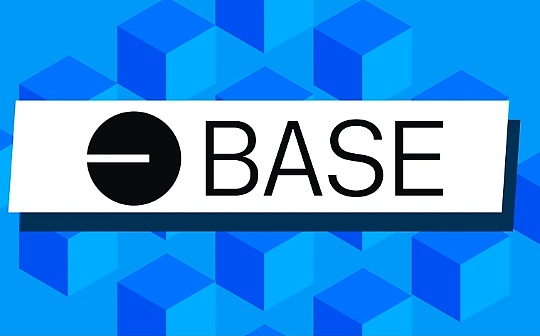Understand the Fluid mechanism in one article: How to resolve liquidity crisis in large-scale liquidation events?

Reprinted from chaincatcher
02/11/2025·2DOriginal title: "How Fluid DEX made Fluid the safest Money Market during the largest liquidation event in history"
Author: DMH
Compiled by: TechFlow

(The original picture is from DMH , compiled by Shenchao TechFlow)
summary
-
Fluid performed well in the largest liquidation incident in history, successfully completing the liquidation, saving users millions of dollars.
-
Fluid is currently the only lending market that can actively respond to the liquidity crisis.
-
The design of Fluid DEX further enhances the security and user experience of the Fluid lending market.
background
The largest liquidation incident ever occurred in the market last week, and Fluid once again demonstrated its strong stability. In this incident, Fluid successfully completed the liquidation operation with the highest liquidation threshold (Liquidation Threshold, up to 97%) and the lowest liquidation penalty (Liquidation Penalty, as low as 0.1%) on the market.
What are the main threats facing the lending market in the liquidation
incident?
-
Unperforming debts caused by failure to liquidate in time.
-
The utilization rate of assets that need to be liquidated reaches 100%, resulting in the inability to complete liquidation.
During the market crash in August last year, ETH plummeted 16% in just 4 minutes. I have analyzed in detail how Fluid recovers millions of dollars in losses for users through an efficient liquidation mechanism.

( Tweet details )
However, like other lending markets that will re-security (Rehypothecate) assets, Fluid previously lacked a sound security mechanism for liquidity crises. To better illustrate this, it is necessary to understand the basic process of liquidation: the liquidator needs to seize collateral and repay the debt to complete the liquidation. If the collateral that needs to be liquidated has been fully lent out, the liquidation cannot proceed, and the agreement will therefore incur adverse debts.
How the introduction of Fluid DEX changes the status quo
In the event of a sudden market crash, ETH in the market will be sold in exchange for USDC. In this case, the liquidity providers (LPs) of the decentralized exchange (DEX) protocol will receive ETH and provide USDC to the trader. This process effectively increases the liquidity of ETH in the protocol and further improves the ETH liquidity of the entire Fluid system, thereby avoiding the occurrence of liquidity crisis.
On the contrary, when the market is in an upward trend, the direction of liquidation will be more inclined to trading pairs of USDC mortgages and ETH debts. In this market environment, more USDC will flow into the Fluid system, and ETH will flow out. This dynamic increases the liquidity of USDC and makes the liquidation process more efficient and smooth.
Fluid is currently the only lending market that can actively prevent liquidity crises. In contrast, other lending markets can only deal with liquidity issues through passive measures (e.g., increasing the lending annual interest rate APR when asset utilization increases). However, this passive approach often fails to work well when the market crashes suddenly.
The Fluid lending market was originally powered by Fluid DEX, and now Fluid DEX in turn has brought a huge advantage to the Fluid lending market by ensuring that there is always sufficient liquidity during liquidation. This synergistic effect significantly improves the operating efficiency of the capital market and increases its efficiency by 10 times.


 panewslab
panewslab
 jinse
jinse